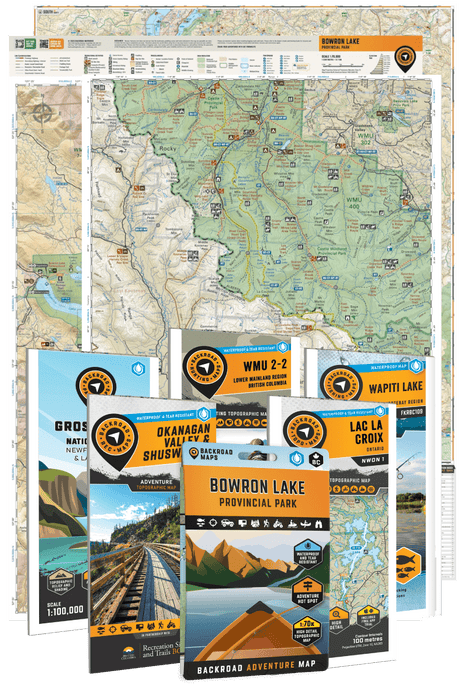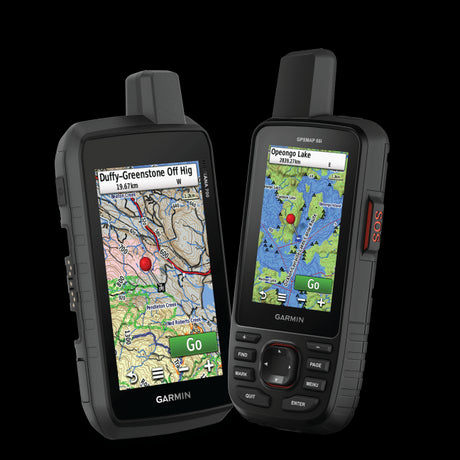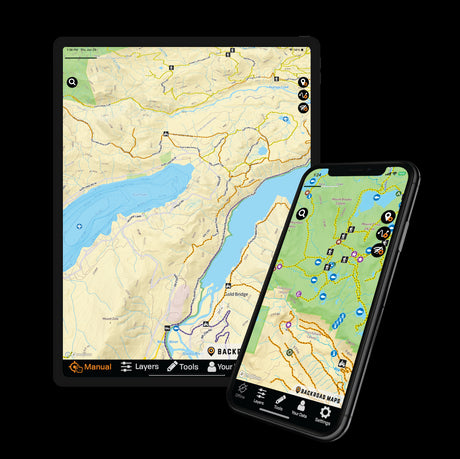Outdoor adventurers in Canada know how to make the most out of winter. Whether exploring remote mountain ranges on a snowmobile, skis or snowshoes, lacing up a pair skates and heading out to the local pond or lake or catching some turns on that secret line at the local ski hill, we do not let a little snow and ice prevent us from having a good time. In fact, many of us live for winter adventure, waiting impatiently for those first snowflakes to fall each autumn.
But, while exploring the outdoors in the winter can be a blast, it also poses its own unique risks and challenges. Even in the warmest parts of the country, hypothermia and frostbite are possibilities during the winter months. In the northern parts of Canada, the risk is even greater. Fortunately, with a bit of preparation and care, those risks can be easily avoided. To help keep your winter adventures rolling, we have put together an introductory lesson on avoiding, recognizing and treating frostbite and hypothermia.
Here is your guide to Frostbite and Hypothermia 101:
Frostbite
What is frostbite?
Frostbite is literally the freezing of the skin and the underlying tissue. In cold temperatures, blood vessels close to the skin constrict to preserve your body’s core heat. This restricts blood flow to certain parts of your body, particularly extremities such as fingers and hands, toes and feet and your nose and ears, and these parts may start to freeze. Frostbite can lead to nerve damage and cause blisters. If the skin breaks, infection and gangrene can occur, and in severe cases people can lose limbs or other body parts.
Knowing the potential risk of frostbite occurring is half the battle. Check out the Environment Canada Wind Chill Chart below to see the risk of frostbite and how it pertains to both wind and air temperature.

What are the signs of frostbite?
The beginning stages of frostbite begin with cold skin and a prickling feeling, followed by numbness. As the frostbite progresses skin will begin to change colour, turning red, white or grayish-yellow. Eventually the person affected with frostbite will experience clumsiness due to stiffening joints and muscles. In severe cases, blistering will occur after rewarming. These blisters can cause serious infection if not treated properly. Following severe frostbite, skin may turn black and hard as the tissue dies.
Be sure to watch out for the beginning symptoms: prickling and numbness. If frostbite is caught in the early stages, no permanent damage will occur.
How to treat frostbite:
Mild (early stage) frostbite can be treated in two ways. Passive warming involves moving to a warm area and warming the affected person with blankets or skin-to-skin contact. Active warming involves putting heat directly on the affected area. This needs to be done with care so the victim does not get burnt – ideally, frostbitten skin should be placed in warm water that is just above body temperature. Although it may seem like the right thing to do, do not rub or massage the injured skin as this can cause extra damage.
- Move patient into a warm room but avoid heating pads or other dry radiant heat sources as they can cause burns
- Warm affected area slowly with body heat
- Do not rub or walk with frostbitten feet as doing so may result in more tissue damage
- Use warm-hot water between 36 - 40 degrees celsius (98 - 104 degrees fahrenheit)
- Apply sterile dressings to any blisters
- Do not thaw if there is a risk of re-freezing
- Get medical attention as soon as possible
If a person is suffering from severe frostbite, contact emergency services and request immediate medical attention. While you are waiting for help, use either passive or active warming.
Hypothermia
What is hypothermia?
Hypothermia occurs when the body loses more heat than it can produce. Officially hypothermia is described as the lowering of the body’s core temperature below 35° C (95° F). Normal body temperature is around 37° C (98.6° F). Hypothermia can result in shivering, mental confusion, loss of muscle control and, in severe cases, death.
What are the signs of hypothermia?
- Stage 1, or mild, hypothermia, the affected person will begin to shiver, get goosebumps and experience numbness of the hands and feet. Breathing will become quick and shallow and nausea may occur. A warm sensation indicates the beginning of Stage 2, or moderate, hypothermia.
- Stage 2 hypothermia shivering will become stronger, muscle coordination will be reduced and lips, ears, fingers and toes may turn blue. If body temperature continues to drop to below 32° C (89.6° F).
- Stage 3, or severe, hypothermia will begin. The affected person will stop shivering but will have trouble speaking and walking, and will begin to feel confused. Amnesia is another possible symptom during this stage.
How to treat hypothermia:
- Step 1: During Stage 1 hypothermia, the first thing you should do is seek a warm, dry place to take shelter. Keep your muscles moving and wrap yourself in a blanket, or warm yourself with skin-to-skin contact with another person.
- Step 2: Drink warm, sweet liquids if they are available.
- Step 3: If you are experiencing symptoms of Stage 2 or 3 hypothermia seek immediate medical attention and take the steps mentioned above while you wait for help.
How to prevent frostbite and hypothermia:
While the symptoms outlined above do seem scary, frostbite and hypothermia can be easily prevented with a bit of care. In most cases, severe frostbite and hypothermia only occur during emergency situations when a person is caught in winter conditions unprepared. Here are a couple of things to remember before heading outside this winter:
-
Dress Warmly
Dress in layers of wool or synthetic fabric, with an outer shell for wind protection. It is better to overdress and remove a layer or two than be caught underdressed in the cold. Be sure to protect your extremities with good socks and boots, gloves or mitts, toque and scarf. If any of your clothing gets wet, change into something dry as soon as possible. -
Anticipate the Conditions
Always be sure to look at the local weather forecast before heading outdoors. Environment Canada issues alerts during extreme weather conditions such as excessive wind or snowfall. If there is an extreme weather warning in your area, it is probably best to stay at home. -
Know Where You Go
Most fatal cases of hypothermia occur when a person becomes lost or stranded. Always familiarise yourself with the area you are exploring beforehand and carry a map, GPS, compass and cellphone. Also, be sure to leave a detailed itinerary with a trustworthy third party before heading out, so they can contact emergency services if you get lost. -
Pack Emergency Supplies
If you are stranded in winter conditions, a survival kit with a blanket, fire starter, food, flashlight and other supplies can mean the difference between life and death. -
Avoid Alcohol and Tobacco
Alcohol, tobacco and recreational and prescription drugs can all negatively affect your body’s ability to stay warm. To keep your winter adventure safe and fun, save the celebrating for afterwards.
Whether you're out snowmobiling, skiing, hiking or hunting, it's important to be prepared for the worst. But make sure you're also prepare for the best by taking along the most up-to-date, industry leading Backroad GPS Maps available in Canada for all your winter adventures!







